7 Must-Have AI Tools for Journalists in 2026
-
 By Editorial Staff
By Editorial Staff
-
24 February 24
From crafting compelling narratives to identifying hidden trends, AI tools are transforming the journalist's toolkit, offering a range of possibilities to write better stories, streamline tasks, and uncover deeper insights. While AI tools have its potential challenges, if used mindfully, cutting-edge AI tools can deliver accuracy, scalability and efficiency, enabling reporters to focus their efforts on more journalistic tasks instead. AI can assist journalism in so many ways, such as generating headlines, facilitating the analysis of large data sets, conducting grammar and style checks, paraphrasing, content detection and even transcribing verbal interviews into written text. With the sheer amount of benefits and flexibility these tools have to offer, it is worth looking into the 7 must-have AI tools for journalists in 2026. But, before we delve into our list, let’s talk about how to select the ideal one for your needs.
Summary
-
7 Must-Have AI Tools for Journalists in 2026
- 1. How to Choose the Best AI Tools for Journalists?
- 1. Linguix
- 2. Jasper
- 3. Quillbot
- 4. Hemingway Editor
- 5. ChatGPT
- 6. Grammarly
- 7. AI Writer
- 8. Conclusion
How to Choose the Best AI Tools for Journalists?
- Identify your needs: It is generally a good idea to start by assessing your specific set of criteria - what is it that you want your AI content assistant tool to do? Determine whether the focus is on improving writing quality, automating transcription, analyzing data, or generating content, among other potential areas of application. This will help streamline your search.
- Review performance and accuracy: Not all AI tools are created equal. Sign up for a free trial to conduct practical testing, which may include the tool’s ability to identify errors, its accuracy, and overall content quality.
- Evaluate cost and value: Consider the cost-effectiveness and value proposition of each AI tool, weighing the upfront costs against the potential benefits and long-term value it can provide. Look for tools that offer flexible pricing models, transparent pricing structures, and tangible returns on investment.
- Check reputation: Look for tools with a proven history of providing high-quality content by thoroughly researching reviews. A software’s track record is typically a good indicator of its reliability.
- Integration and compatibility: It is equally relevant to consider the tool’s compatibility and integration capabilities. Check if the tool offers seamless integration with existing workflows, systems, softwares and other platforms to avoid disruptions.
The 7 Must-Have AI Tools for Journalists:
1. Linguix

Linguix is an AI-based writing assistant tool that improves writing by checking grammar, correcting typos, rewriting and rephrasing sentences and eliminating all types of errors. It is also a content creation assistant that generates subject-specific write-ups through the use of keywords. Linguix also offers a free web plug-in that checks for grammar and spelling mistakes in real-time, ensuring error-free texts across multiple platforms on the internet. With the snippets feature, the software allows you to automate writing tasks, saving you time and optimizing productivity.
Key Features:
- Linguix makes proofreading and editing much faster with real-time grammar correction
- Real-time error prompts - (just be aware of why it recommends you to change something and only accept if it is correct.)
- Its text quality score feature is a good indication of the overall readability of your text.
- Very easy to use - the interface is simple and straightforward
- Great for smaller workplaces with a limited workforce.
Pricing: Linguix offers three plans in total—the free, pro, and a team version for the workplace. The free version is a good way to test out the tool and works for everyone with a Linguix account.
2. Jasper
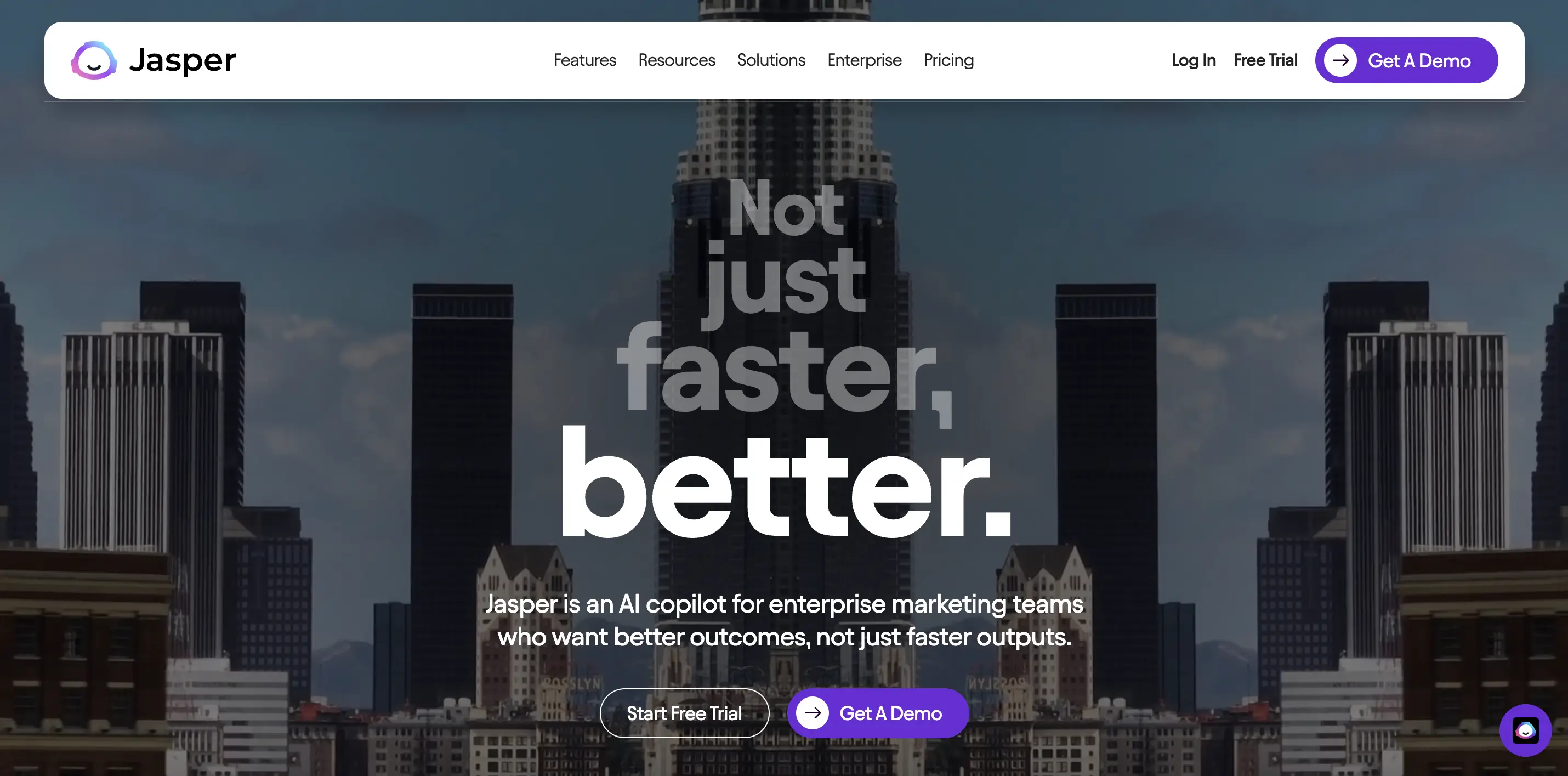
Jasper AI is an excellent tool to make your workload easier, beat writer's block, and increase content output. Backed by a stellar reputation, it performs especially well with nuanced and specialized content, making it a good option for journalism and news reporting. Jasper is also adept at generating plagiarism free, quality long-form writing, including title ideas, catchy headlines and copy. You can use this tool by giving instructions through Jasper’s Chat Mode, which allows for easy content generation. Generating multiple versions of the content is equally easy, clicking on the "Generate AI Content" button will simply produce fresh results.
Key Features:
- Great for short and long-form reporting, with authentic and plagiarism-free content.
- The paragraph generator lets you generate quick content through the use of keywords or voice commands.
- Jasper’s AI Recipes feature provides a library of commands to help you use the content generator more efficiently.
- Its content improver feature quickly converts your existing writing into more interesting and insightful versions.
- Very easy to use - the interface is simple and straightforward
Pricing: Jasper offers 3 plans, with a 7-day free trial to test its capabilities.
3. Quillbot
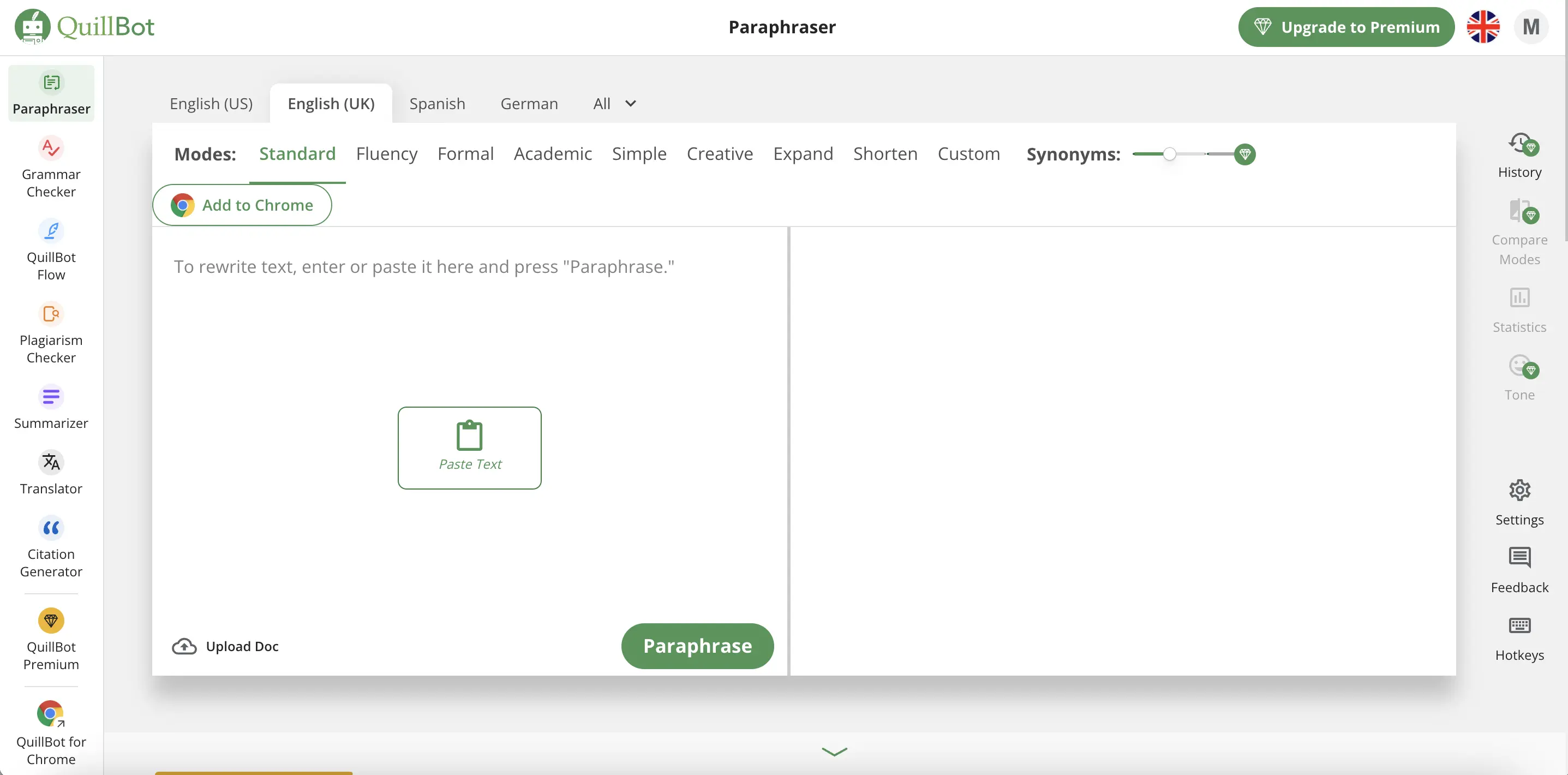
If you are looking for a grammar, paraphrasing, citation and summeriser tool, Quillbot is excellent at generating good, presentable writing within seconds. The nine modes supported by Quillbot let you easily switch between standard, formal, academic, creative or other paraphrasing styles, with useful word replacement recommendations to further refine your prose. Overall, Quillbot’s multiple rewriting options is a good choice for journalists, reporters and editors seeking innovative approaches to presenting similar content. Its plagiarism detector is unique in that it can detect plagiarism in research papers, scanning up to 20 pages (or roughly 5000 words) every month.
Key Features:
- It has powerful paraphrasing capabilities to effectively rewrite sentences while preserving their original meaning.
- The tool is highly user-friendly, versatile and flexible
- Extensions for Google Chrome, MS Word, and macOS are readily available
- It gives you access to a free language translator
- You don’t need to sign up to access the free version
Pricing: Quillbot offers a free and a premium plan. It’s free version doesn’t require you to sign up.
4. Hemingway Editor
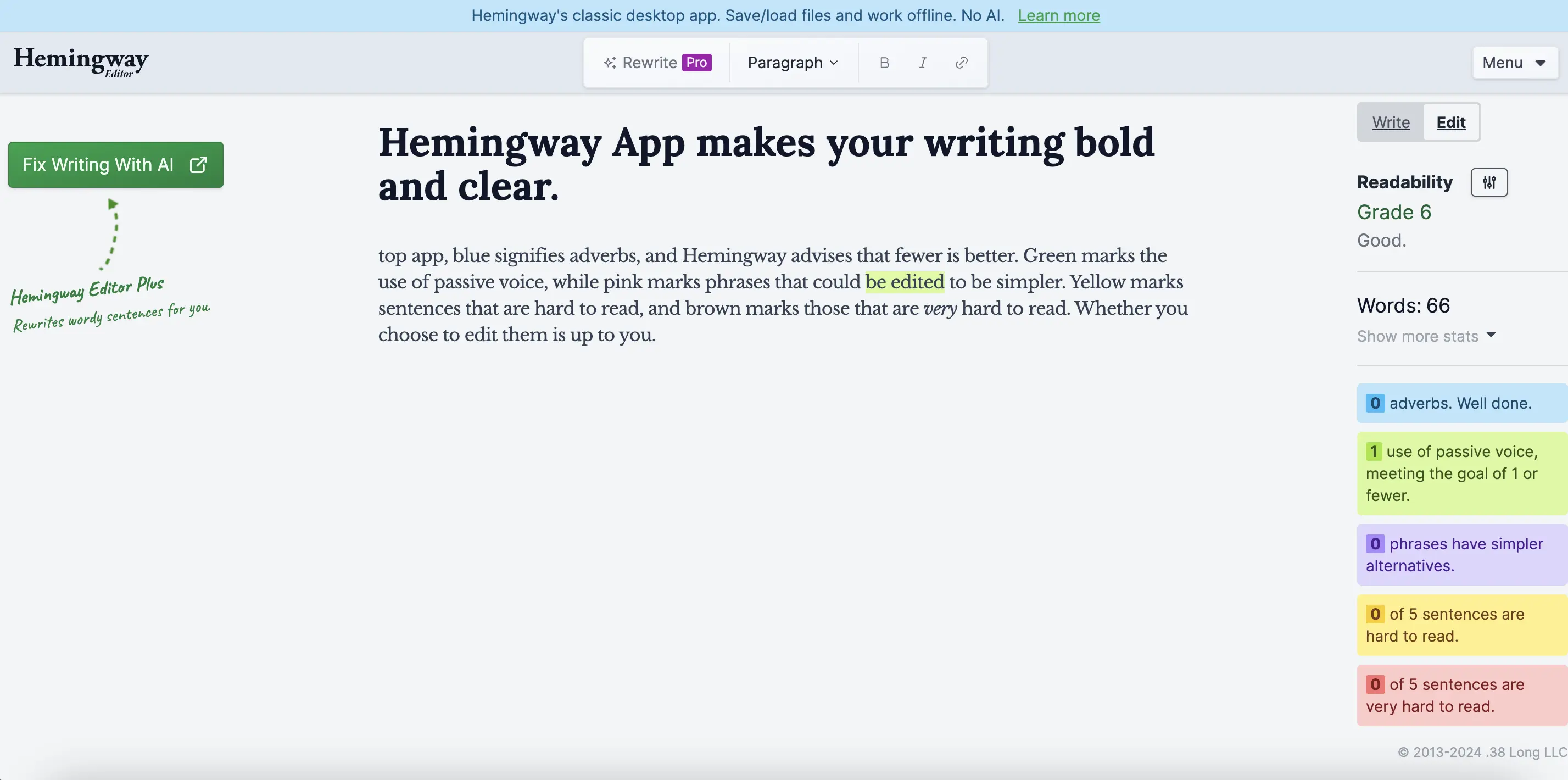
Hemingway Editor is a web and desktop app which allows you to streamline your writing style and cut out the rest. It simplifies complicated sentences without stripping them off compositional depth or nuance, and is a great tool for essayists, columnists and reporters of all forms. Hemingway Editor is available for free use but only within the browser, where it identifies dense sentences and other writing issues. The tool highlights your words and sentences in different colors depending on what it thinks of them, to simultaneously assist as well as train you to write better sentences. Hemingway’s powerful features make it an excellent tool for writers who want to produce quality content with utmost readability.
Key Features:
- It is a reliable writing aid with robust features to ensure high quality and error free content.
- The tool provides you with a readability score to assess the legibility of your content
- It offers a 14-day free trial with up to 200 sentence corrections.
- Very easy to use - the interface is simple and straightforward
Pricing: You don’t need to signup to use the free version. The paid version comes for $19.99
5. ChatGPT

ChatGPT is an AI-powered conversational agent which utilizes natural language processing (NLP) techniques to generate human-like text responses, enabling it to engage in a wide range of conversations, answer questions, provide assistance, and even generate creative content. It can adapt its responses based on context, tone, and user input, making it versatile and capable of handling various conversational scenarios. ChatGPT can help journalists in a number of ways, like simplify concepts, assist you with questions for interviews, generate headlines, among other potential areas of application. While it is true that you cannot always trust its results, ChatGPT works best when used as a structural and compositional tool rather than an information source or data assistant.
Key Features:
- Writers can use ChatGPT as a tool for brainstorming and generating new ideas.
- Its real-time editing assistance can help writers refine their prose, improve clarity, and enhance overall writing quality.
- ChatGPT is great at generating structural frameworks for your topic or text
- Very easy to use - the interface is simple and straightforward
Pricing: The tool is currently free and open for everyone. The ChatGPT Plus version operates on flexible pricing models.
6. Grammarly

Grammarly is a well-known writing aid that assists users in improving their writing by pointing out and fixing errors related to grammar, punctuation, spelling, style, and clarity. It is a great tool for editors and journalists whose roles rest on error-free writing among other reporting skills. In fact, the tool is ideal for anyone who uses the written word as part of their job thanks to its various writing and editing tools. Grammarly looks through awkward phrases, paragraphs, and sentences. It establishes the optimal age range for a sample of writing. Readability problems are flagged depending on factors such as word count, character count, reading and speaking time. The tool is friendly user and integrates well with popular tools.
Key Features:
- Using this tool is straightforward. All you have to do is paste your text, and within a few seconds, it will be proofread.
- It works across multiple environments, including desktop, web application, and browser extensions.
- Its capacity to promptly locate and address errors is accurate.
- The free version is powerful and offers an abundance of features
Pricing: Grammarly has a free version, all you have to do is create an account to test its basic features. The Premium plan comes for USD 12 and the Business plan retails for USD 15.
7. AI Writer
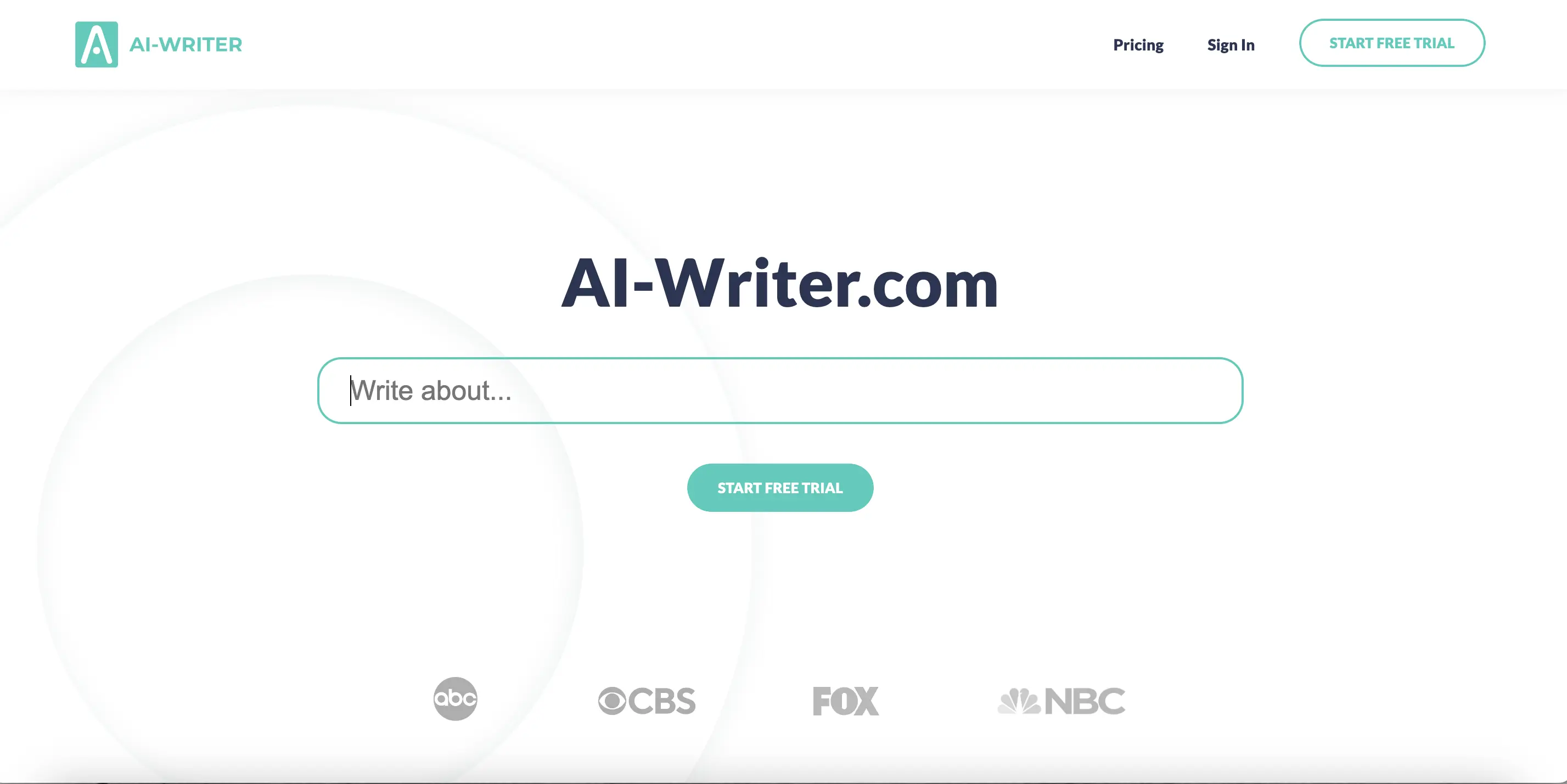
AI-Writer is a content writing platform intended to provide comprehensive article drafts, offering a range of features to support writers in various tasks, including content creation, editing, and optimization. The tool incorporates citations, simplifying the process for journalists to verify the authenticity of articles. Nonetheless, as with any AI-powered tool, AI Writer may encounter challenges in managing intricate subjects or nuanced writing styles, requiring users to review and refine the output as necessary. That said, the tool offers various topic and headline suggestions for writers, optimizing time and effort. Its capacity to rewrite content is particularly helpful when it comes to refreshing older stories or exploring new writing angles.
Key Features:
- You can generate entire articles with nothing more than a keyword or phrase as a prompt
- The tool has the power to analyze keywords and competitors, ensuring that the content it generates is optimized for search engines.
- It has the ability to generate unique article drafts from just a headline
- It is straightforward and easy to use
Pricing: The Basic plan comes at USD 29/month, the Standard plan is USD 49, and the business plan is available for USD 375/month.
Final Thoughts
This concludes our list of the 7 must-have AI tools for journalists in 2025. To wrap up, from AI-powered writing assistants to data analysis tools and content generation platforms, AI tools have revolutionized the way journalists gather information, write stories, and engage with their readers. While AI may have its potential challenges and drawbacks, they also come with numerous benefits to optimize time and effort, such as idea generation, efficiency, spell-check, language translation and transcribing features to allow journalists to focus on the more journalistic tasks while they leave the repetitive work to AI. When used productively, AI tools have the potential to complement, rather than replace our own writing, which ultimately preserves our autonomy as writers.
| Recommended Software | Category | Why Choose? | Signup URL |
|---|---|---|---|
| Setupad | Website Monetization | High CPMs, On time payments | Signup here |
| Adsterra | Website Monetization | AdSense alternative, niche CPMs | Signup here |
| Beehiiv | Email Monetization | Additional revenue, High CPMs | Signup here |
| Semrush | SEO | High impact on SEO and traffic | Signup here |
| Frase.io | AI SEO | Affordable, Boosts SEO traffic | Signup here |
| WP Rocket | Speed Optimization | Affordable, Boosts Pagespeed | Signup here |

Editorial Staff at Publisher Growth is a team of blogging and AdTech experts adept at creating how-to, tutorials, listings, and reviews that can publishers run their online businesses in a better way.
View All PostsOur Editors’ Pick:
Browse these amazing publisher monetization tools handpicked by our team of editors


















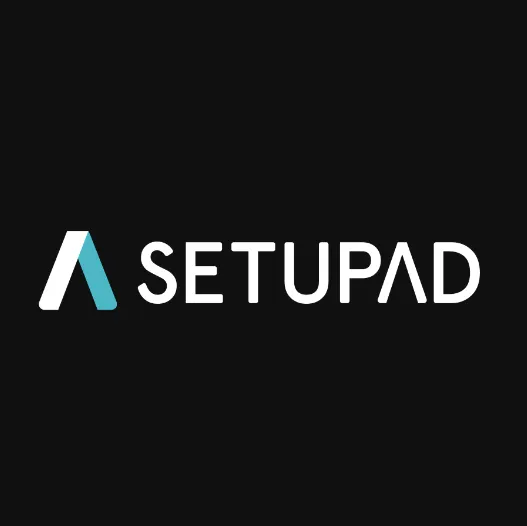




 (1).webp)


